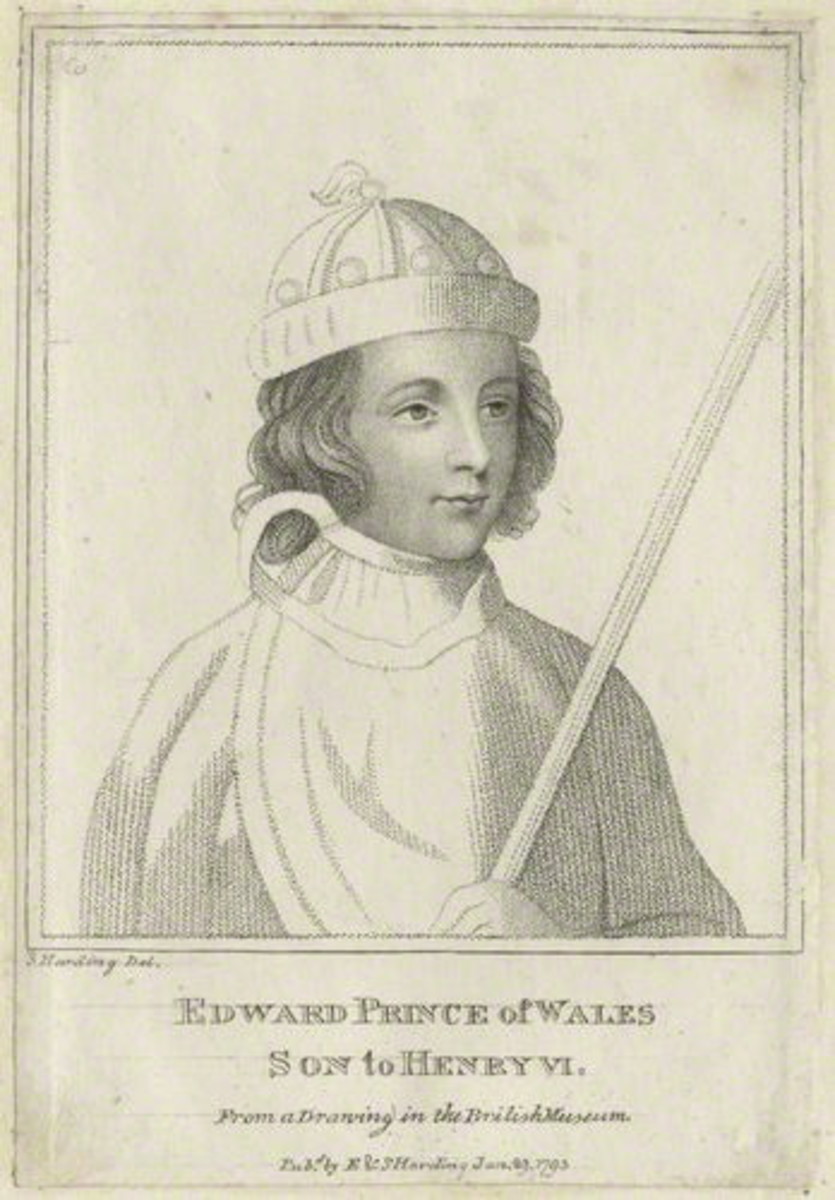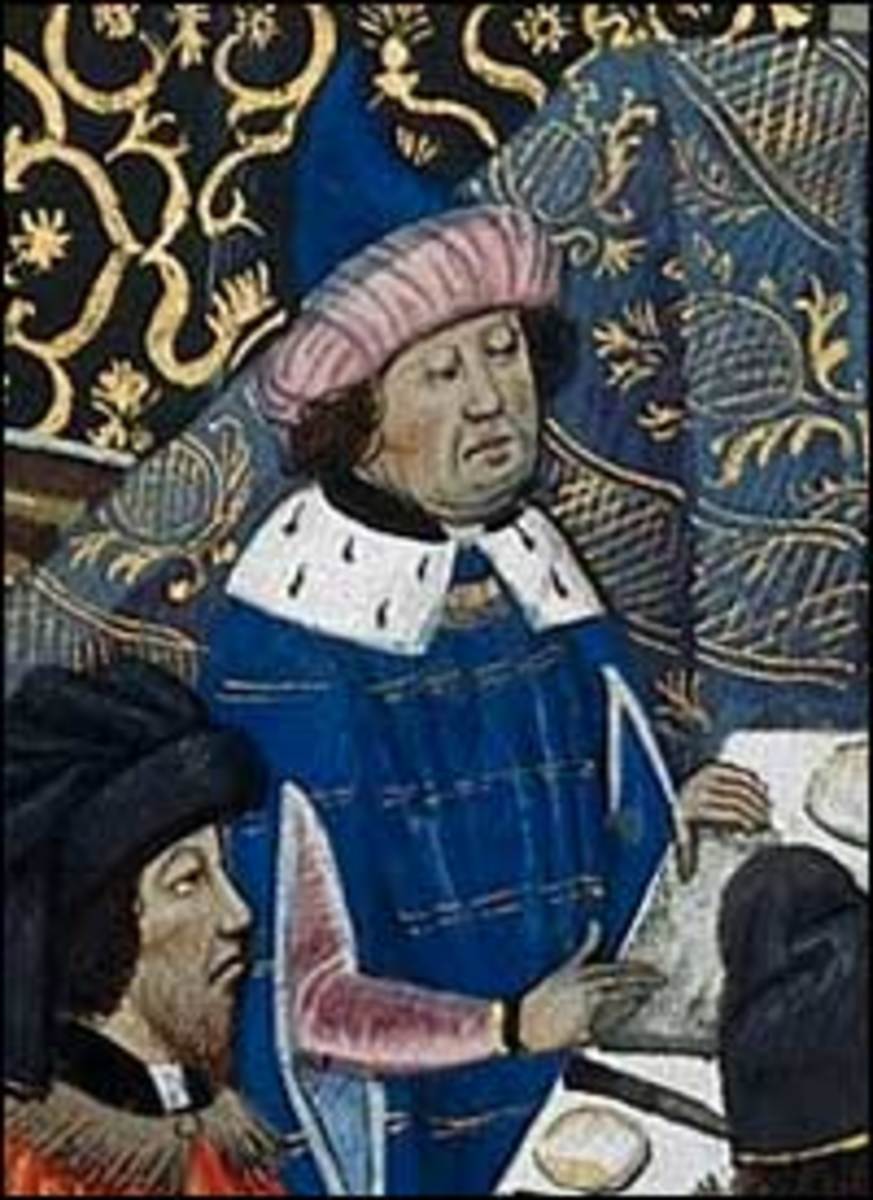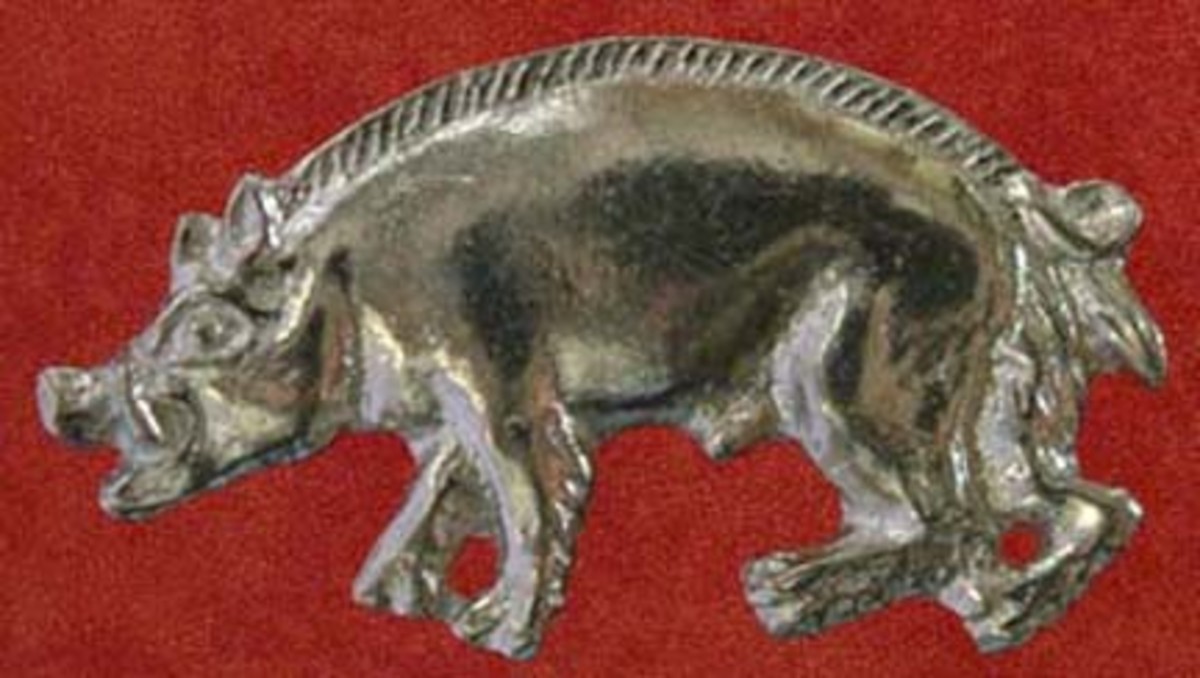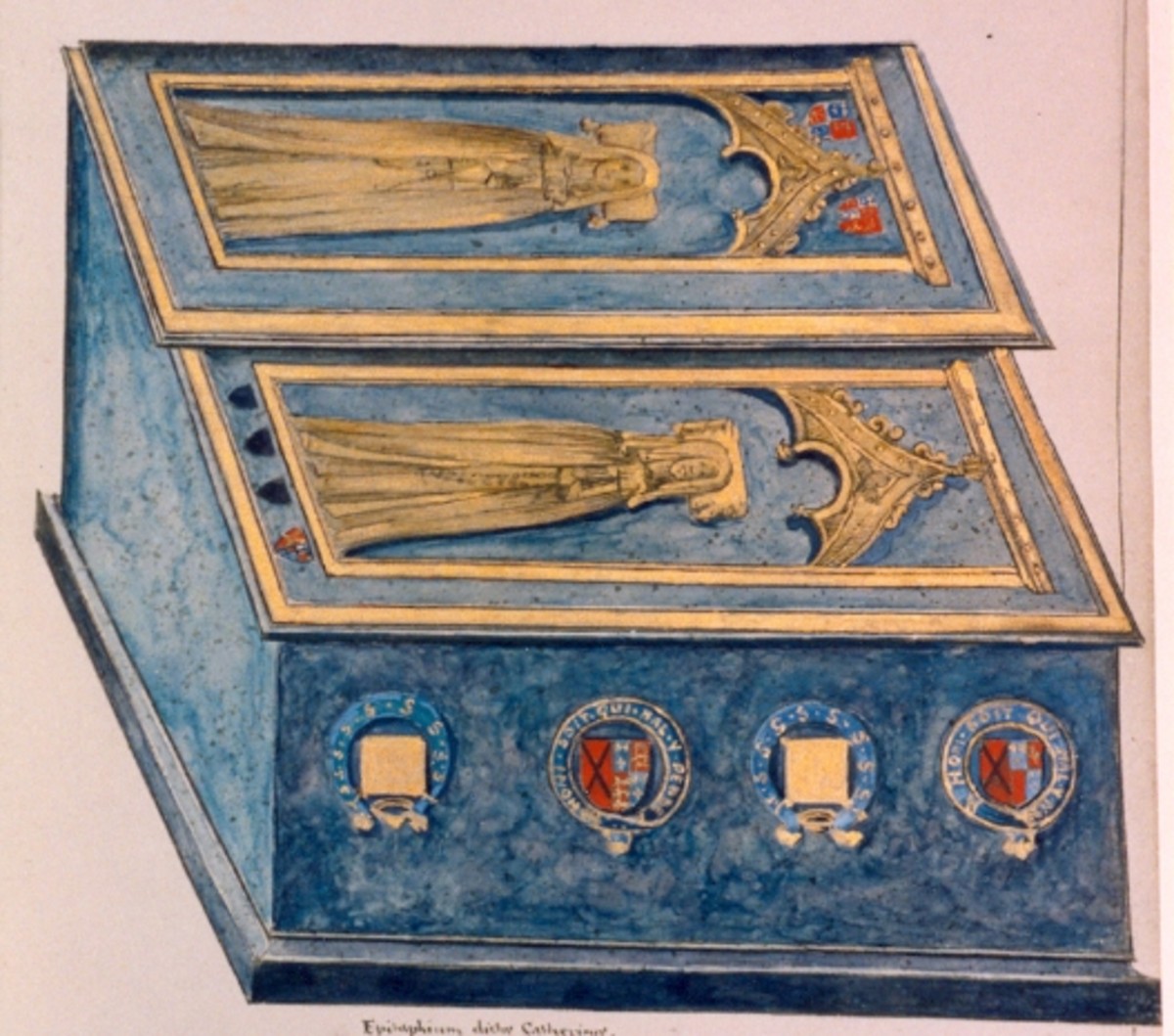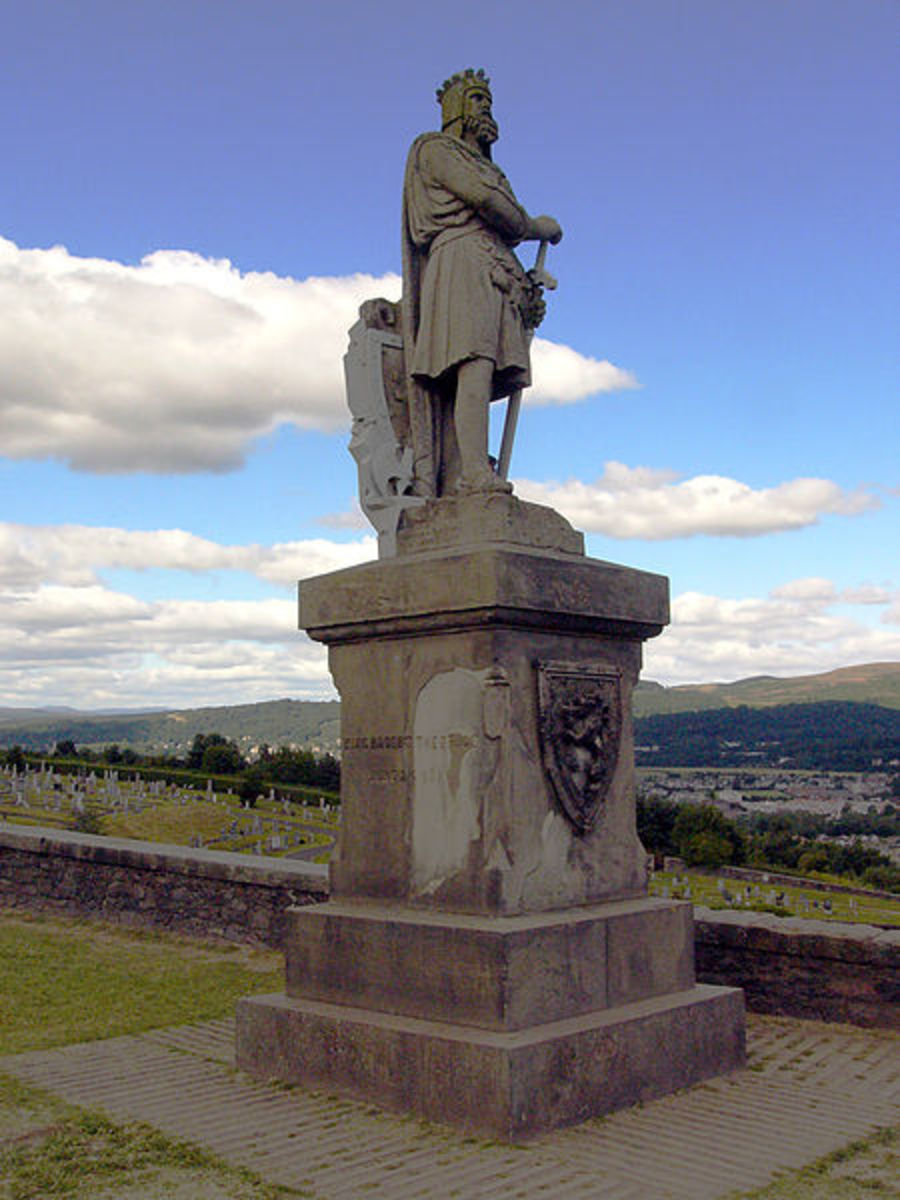King Richard III vs Edward V: What About the Princes in the Tower?
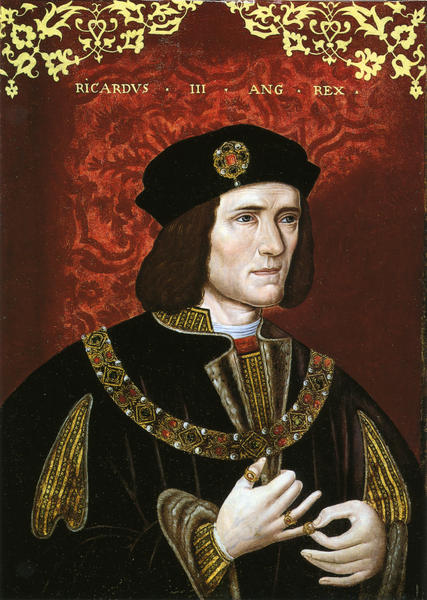
On June 26, 1483 Richard, Duke of Gloucester was proclaimed King Richard III of England. What would usually be a day of celebration for the people of the country was actually a day of suspicious and controversy. After all, the people were expecting the coronation of King Edward V, Richard’s 12-year-old nephew.
Richard had previously made his nephew, and his other nephew and nieces, illegitimate by invalidating the marriage between Edward IV and Elizabeth of York. It was a plot by the supports of Richard and his wife, Anne Neville, and those who were against the Woodvilles having any more authority than they already did. However, nobody ever really found out what happened to those poor Princes in the Tower.
Richard III Invalidates the Marriage Between Edward IV and Elizabeth Woodville
The first thing for those supported Richard to do was find a way to invalidate Edward V’s reign. It seems that killing him wasn’t their first thought, which may suggest that it wasn’t Richard’s thought. Of course, there were also another son and five daughters of Edward IV and they could cause a problem. It was better to invalidate the marriage, which would invalidate all their claims to the throne.
It was clear that Richard was up to something. Considering Edward’s age, a speedy coronation would have made sense. It had happened when Richard II was just 10-years-old when he was proclaimed king. However, Richard continually postponed it.
Now they needed a reason for making the marriage that has lasted almost 20 years invalid. The best they could do was the idea that there were secret marriages before Elizabeth’s and the idea of a pre-contract, which was as good as a marriage in those days. On June 22, a sermon preached by Ralph Shaa declared there was a contract between Edward IV and Lady Eleanor Butler at the time of Edward’s marriage to Elizabeth. His marriage to Elizabeth was invalid, and their children were illegitimate.
The crown would have passed to George, Duke of Clarence or his children, but George had been executed a few years before this. The attainder against George meant that his children could not inherit the throne. June 25, saw the Houses of Commons and Lords declare Richard to be the rightful king, and he acceded the throne the next day.
The Missing Princes in the Tower
Up until this point, the Princes in the Tower, Edward and his brother Richard, had been seen playing outside a lot. They were seen as happy and healthy young men, despite being locked away this whole time. It was considered perfectly normal to lock the boys up, as it meant they were safe.
That was until the two went missing. This happened at some point around this time, conveniently around the time that Richard III became King of England. Many suspected that Richard had something to do with it himself, but he was not in London on the night they were suspected to have been killed—June 26, 1483.
However, he could have ordered for someone else to kill the boys. This was something he never did admit to, but he also never showed the bodies of his nephews to the people of England. It could have been that the boys were killed by someone else and that someone else hid the bodies, knowing Richard would be blamed. There is also the possibility that the boys died of natural causes, and their bodies were buried as quickly as possible to avoid too many questions. Finally, the boys may have been alive, and Richard used the excuse that they were dead to prevent rebellions.
What do you think happened to the Princes in the Tower?
Threats of Rebellions Against Richard III
Richard III certainly faced threats of rebellions against him. It helped that his wife was Anne Neville. She helped gain the support from the people in the north, while Richard gained his own support from the people in the south. However, that did not stop the anger over their expected king, Edward V, not officially acceding to the throne.
Those who supported Richard knew that there was a chance Edward and his brother, Richard, would be used as pawns for the rebellion—and rightfully so considering their birthright. Making the children of Edward IV illegitimate would not have been enough. The people had spent the last 19 years supporting the marriage between Edward and Elizabeth, and they had grown to love their children. And the ruling they were illegitimate could always be overruled, as it later was when Henry VII acceded to the throne and wanted to marry Elizabeth of York, Edward IV’s eldest daughter.
A civil war was not something that Richard III wanted to face. The idea of the boys being dead would have solved this issue, since there would be nobody to rally around. The timing of their supposed deaths was perfectly convenient, especially when no bodies were on show.
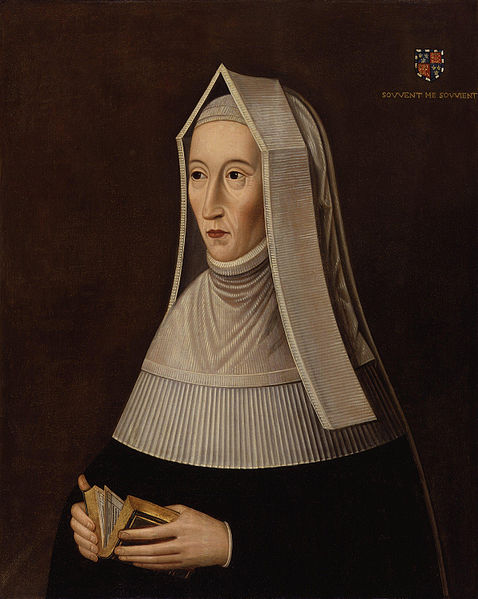
What About Margaret Beaufort Killing the Princes in the Tower?
There is a suspicion that Margaret Beaufort killed the Princes in the Tower. She had something to gain from their deaths. There would be no threats on the York side, and Henry VI’s and Edward of Westminster’s deaths had already brought an end to the Lancaster threat. All that was realistically left was a boy from an illegitimate line of John of Gaunt: her son, Henry Tudor.
While she would not have done it herself, she did have friends in high places. It is possible that she arranged for the boys to be killed, knowing that Richard would likely take the blame for it all. The question is whether she would have been involved with the murder of two boys. She was extremely religious, and while she believed her son should be king there is little to support that she would have risked damning her soul to do that.
Did Anne Neville Kill the Princes in the Tower?
Anne knew that her husband had a lot to lose by Edward V still being alive and well. She knew the risks of the rebellion having someone to rally around. There is a chance that she would have arranged for the boys’ deaths.
Again, there is the thought that has a deeply religious person that she would never risk damning her soul, but she happily played the game of power. She had learned from her father, after already being used as a pawn through her marriage to Edward of Westminster. After that marriage, she expected to be queen, and she would have done anything to make sure she got to that throne and kept it until her death.
That is just a theory though. There are chances that she considered it but knew as a mother what it could be like to lose a son. Her own son was around the same age at the time, and there is no way she would have wanted the same fate for him. This was also her nephews through marriage, and she loved her husband deeply. There is little chance that she would have arranged this for all the blame to fall onto her husband.
Did Richard III Murder the Princes in the Tower?
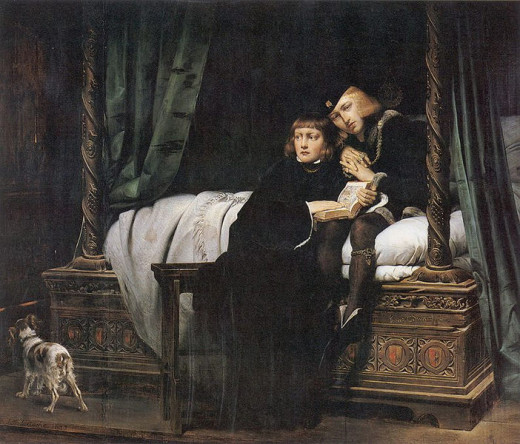
The Accession of Richard III of England
People will never know what happened to the Princes in the Tower. It is very likely that the two died, whether of natural or unnatural causes. Whatever happened, it did not stop Richard III from acceding the throne on June 26, 1483. Maybe he never really knew what happened to the Princes in the Tower, and the idea that his accession had something to do with it may have played on his mind.
He would remain on the throne for a little over two years, when he was faced with the Battle of Bosworth. Henry Tudor’s army would defeat Richard III’s, and Henry would become Henry VII of England.



